
Embarking on a journey through the world of wines can be as intricate as it is enchanting, especially when the path leads us to the lush valleys and hillsides where Merlot grapes thrive. Merlot, a name that resonates with a melodic familiarity even among the most casual of wine drinkers, is a varietal that offers both accessibility and complexity, a confluence of characteristics that has cemented its place in the pantheon of beloved wines. This article will serve as your compass through the inviting landscape of Merlot wines, guiding both neophytes and connoisseurs alike in appreciating the multifaceted nature of this cherished varietal.
We’ll begin our exploration with an understanding of What Merlot wines are, tracing the lineage of this noble grape, and discovering why it holds a special place in the cellars and hearts of wine lovers. Like a vine that twists and turns, seeking the sun, we will unravel the intricate Winemaking Process of Merlot wines, revealing how vintners coax the variety’s best qualities into the bottle.
From the vine to the glass, the Visual Aspect of Merlot tells a story of its own. We'll delve into what hues and intensities can tell us about the character and quality of the wine. But what is a feast for the eyes should be a symphony for the palate. The Aromatic and Flavor Profile of Merlot Wines is a sonnet of tastes and scents, ranging from ripe red fruits to deep, earthy tones—a spectrum we'll decode to heighten your tasting experiences.
And what is wine but a companion to food? Our section on Food Pairing for Merlot will provide you with the knowledge to create harmonious duets of food and wine, ensuring that your culinary encounters with Merlot elevate each meal to a memorable event.
Understanding the terroir is essential, and thus we will take you through the Regions where Merlot wines are most produced, highlighting how geography and Climate Influence Merlot Wines. Here, the soil speaks through the grape, and the climate orchestrates the annual performance of the vines.
For the budding enthusiast or the seasoned sipper, the ability to Choose a Good Bottle of Merlot Wine is a skill akin to speaking a new dialect in the language of wine. We’ll provide pointers on reading labels, understanding aging potential, and discerning value to make your selection a reflection of both your taste and occasion.
Of course, our survey would be incomplete without comparing Merlot to its often-mentioned kin, the robust Cabernet Sauvignon. In discussing the Similarities and Differences Between Merlot and Cabernet Sauvignon, we’ll illuminate how each has its distinctive place at the table, each a narrative of flavor and tradition.
Lastly, as our society strides toward sustainability, we’ll look at how this movement is shaping the world of viticulture, particularly in relation to Merlot. The section on Sustainability Related to Merlot Wines will touch upon how vineyards, winemakers, and consumers are participating in eco-friendly practices, safeguarding our planet one vineyard at a time.
So, pour yourself a glass, settle into a comfortable chair, and join us as we uncork the nuances that make Merlot a timeless classic in the ever-evolving narrative of wine.
Merlot wines, a varietal that once humbly accompanied its more assertive brethren in the vineyards of Bordeaux, France, has risen to become a star in its own right. The name of the Merlot grape, rooted in the French word for ‘young blackbird’ - ‘merle’, perhaps alludes to the deep blue-black hue of the grape, or the birds' partiality to its sweet-flavored, ripe berries. But beyond its etymology, Merlot embodies a wine profile that caters to a wide array of palates, occasions, and cuisines, making it one of the most popular red wines globally.
In its essence, Merlot is a red wine grape that ripens earlier than others, which allows it to thrive in cooler climes, yet it also adapts well to warmer regions, painting a global map that includes pockets from its ancestral home in Bordeaux to the sun-drenched hills of California and Chile, the fertile landscapes of Italy, and beyond. This versatility is a testament to the grape’s approachable character; in the vineyard, it is less finicky than some of its viticultural companions, and in the bottle, it presents a wide spectrum of expressions—from lush, fruit-forward wines that are ready to enjoy shortly after release, to complex, age-worthy offerings that demand patience to reveal their full splendor.
Typically, Merlot wines exhibit a soft, rounded structure with moderate tannins, making them less intimidating and more inviting to those new to red wines. This amiable nature is often expressed through flavors of juicy red fruits like cherries and raspberries, progressing into darker notes of blackberry and plum as the wines gain complexity. Hints of cocoa, bay leaf, black tea, and vanilla are not uncommon, especially when the wine has been aged in oak, which imparts additional layers of flavor and a seductive, velvety texture.
The appeal of Merlot also lies in its chameleon-like ability to reflect its terroir— the environmental factors that imbue each vine with unique characteristics. Thus, a Merlot from the gravelly soils of Pomerol may tell a different tale from that of its cousin in the sun-kissed valleys of Napa, each narrative rich and engaging in its own right.
Whether it serves as an introduction to the red wine category for novices or as a nuanced chapter in an aficionado’s ongoing wine journey, Merlot wines offer a canvas as broad and varied as the wine enthusiasts who cherish them. It is this universal charm that positions Merlot not merely as a wine but as a vital ingredient in the art of living well.
Fun fact: Did you know that the popularity of Merlot wine decreased after the movie Sideways, contrary to what happened with Pinot Noir wines? Fortunately, years later Merlot became again one of the most chosen wines by winelovers.
The winemaking process is a fascinating alchemy that turns the humble grape into a beverage that has been celebrated for centuries. When it comes to Merlot, this process is both an art and a science, requiring a deft touch and a deep understanding of the grape's particular nuances. Merlot, with its plush tannins and vibrant fruit, demands careful handling to maintain its delicate balance. Here, we’ll uncork the step-by-step journey of Merlot from vine to wine.
The journey of Merlot begins in the vineyard with harvesting, a critical step where timing is everything. Merlot grapes typically reach their peak of ripeness earlier than their viticultural cousins, and winemakers must be vigilant, choosing the precise moment when sugars and acidity in the grapes have reached optimal balance. Hand-harvesting is common, particularly for high-quality wines, allowing for selective picking which ensures only the best grapes make it to the winery.
Once at the winery, the grapes undergo crushing and destemming. This process liberates the juice from the skins and removes the stems that can impart harsh tannins. For Merlot, which is cherished for its smooth profile, the crushing is often gentle, avoiding excessive breakdown of skins and seeds which can lead to an astringent quality in the wine.
Fermentation is where the grape truly begins its transformation into wine. Yeasts, either indigenous to the grape skins or introduced by the winemaker, convert the sugars in the juice into alcohol. This process for Merlot is closely monitored to maintain the varietal’s characteristic fruit flavors. The temperature is typically kept a bit lower than for some other reds, to preserve the grape’s delicate notes and to prevent the loss of its nuanced aromas.
Maceration is the period during and after fermentation when the juice remains in contact with the grape skins and seeds. This step is crucial for Merlot, as it is here that the wine takes on its color and tannic structure. However, compared to more tannic varieties, the maceration period for Merlot can be shorter to prevent over-extraction, which could overshadow the grape’s naturally plush and supple profile.
Aging is where Merlot’s personality further evolves. While many Merlots are made in a style meant to be drunk young, others are aged in oak barrels to develop additional complexity. Oak aging can introduce flavors like vanilla, cedar, and spice, complementing Merlot’s fruitiness with elegant secondary characteristics. The type of oak, the age and size of the barrels, and the duration of aging are all variables that the winemaker adjusts to craft the desired end product.
Before bottling, Merlot may undergo fining and filtration to remove solid particles and stabilize the wine. This step is essential to ensure clarity and longevity in the bottle. The process must be carefully managed to preserve the wine's integrity and flavor profile.
The final step, bottling, is when the Merlot wine is sealed under a cork or screw cap and allowed to rest until it reaches the consumer. This stage is not merely the end of winemaking but marks the beginning of Merlot’s journey to dining tables and glassware, where its story is savored and shared.
The crafting of Merlot is a testament to the meticulous efforts of viticulturists and winemakers who work in concert with the land and the seasons. Through each carefully calibrated step of the winemaking process, Merlot is coaxed into revealing its myriad of charms, ready to be discovered by those who seek them.
Now, you may be wondering how to describe Merlot wine. Well, the sensory profile of Merlot wines is like a tapestry, intricately woven with threads of color, aroma, and flavor that come together to create a masterpiece of sensory delight. Merlot’s approachability is enhanced by its sensory characteristics, which can be distinctly recognized and appreciated. These characteristics are influenced by various factors, such as terroir, vintage, and winemaking practices, making every Merlot wine an exploration of the senses.
Before the wine even graces the palate, it is a feast for the eyes. Merlot pours into the glass with a visual allure that hints at its style and substance. The body of Merlot wines can range from medium to full, often with a plushness that makes it as inviting in appearance as it is in taste. The hues of Merlot can tell a tale of their own:
These visual cues set the stage for the deeper exploration of the wine’s aromatic and flavor profiles.
Merlot greets the nose with a bouquet that ranges from the alluringly fruity to the intriguingly earthy. The primary aromas can often be a heady mix of fruit and subtle floral notes, while the complexity builds with secondary and tertiary aromas that develop with oak treatment and bottle aging. Here are some aromatic notes that are often associated with Merlot:
Primary notes:
Secondary Notes:
Tertiary Notes:

These scents set the expectations for the palate, preparing the taster for the experience to follow.
As Merlot wine washes over the palate, it reveals its personality through layers of taste that resonate with its aromatic profile. Merlot is known for its generous mouthfeel, which can range from silk-like smoothness in cooler climate versions to a more velvety, dense structure when from warmer regions. Here is a detailed description of Merlot flavour:
Primary Notes:
Secondary Notes:
Tertiary Notes:

Each sip of Merlot is a dance of these taste elements, making it a versatile wine that can either enchant on its own or complement a meal exquisitely. As with all wines, the specific sensory profile of a Merlot will depend on its provenance and creation, making each bottle a unique expression of this varietal. So go on explore to find the wine that suits your taste best!
The adaptability of Merlot in food pairings is much like a symphony's ability to bring together various instruments to create a harmonious blend. It is a versatile wine that can complement a broad spectrum of cuisines, from the hearty stews of traditional fare to the delicate flavors of contemporary dishes, including an array of vegan options. Merlot's medium tannins and balance of fruit and acidity make it an amiable partner to various foods. Below is a curated selection of dishes from around the globe that can elevate the Merlot experience:

Each dish represents a fusion of flavors and textures that can enhance the inherent qualities of Merlot, making every meal a new opportunity to discover the wine's versatility. From traditional meat dishes that play off the wine's robust side to vegan creations that bring out its more delicate notes, Merlot's compatibility with diverse culinary traditions makes it a favorite for food enthusiasts around the world.
Merlot, with its luscious fruit and soft tannins, has become one of the world's most cherished red wines, and its expression can vary greatly depending on where it's grown. This versatility is largely due to the grape's adaptability to different climates, which profoundly influences the characteristics of the resulting wine. Let's journey through the prominent regions known for producing Merlot and explore how the climate in each area leaves an indelible mark on its profile.

Climate's role in shaping Merlot cannot be overstated. In cooler climates, Merlot tends to be more structured with higher acidity and red fruit notes, while in warmer regions, it often shows off riper tannins and black fruit characteristics. The interplay between climate and terroir ensures that Merlot's expression is as varied as the landscapes from which it hails, offering a splendid diversity that caters to a multitude of palates and preferences.
Merlot wines are known for their smooth, velvety texture and rich, fruity flavors. To fully appreciate these characteristics, it's important to serve and store Merlot wines properly. Here are some essential tips to enhance your Merlot wine experience:
By following these tips for serving and storing Merlot wines, you'll be better equipped to enjoy the full range of flavors and aromas that this classic red wine has to offer. Whether you're sipping it on its own or pairing it with a delicious meal, Merlot can provide a delightful wine experience when treated with care.

Merlot and Cabernet Sauvignon, along with Cabernet Franc and Malbec wines, are among of the most popular reds in the world, often compared for their prominence in Bordeaux blends. Yet, each stands out for its distinct characteristics. They share some similarities due to their common heritage and growing regions, but they also diverge significantly in their profiles and growing habits. Here, we will delve into the nuances that both connect and set apart these celebrated varietals.
Both Merlot and Cabernet Sauvignon share a few key traits, largely because of their close relationship and origin in the Bordeaux region of France:
Despite their similarities, Merlot and Cabernet Sauvignon are distinctly different in several aspects, from their taste profile to their cultivation:
In essence, Merlot and Cabernet Sauvignon may walk side by side in the world of wine, yet they dance to distinct rhythms, defined by their individual characteristics. Understanding these differences helps wine enthusiasts appreciate each for their unique qualities while enjoying the harmonious balance they can bring to a blend. Whether a wine drinker favors the boldness of a Cabernet Sauvignon or the softer elegance of a Merlot, there's no denying the unique allure that each brings to the table.
In the world of wine, sustainability has become a pressing topic, as viticulturists and winemakers recognize the profound impact their practices have on the environment. Merlot, as one of the world’s most beloved varietals, is at the forefront of this shift towards more eco-conscious wine production. When it comes to sustainability, issues like water usage, fertilizers, and pesticide application, and land use are pivotal in shaping the future of Merlot winemaking.
Water is the lifeblood of viticulture, and Merlot vines, like all grapevines, require it to thrive. However, the methods of irrigation and water management can vary greatly, with sustainability-focused vineyards often employing drip irrigation systems to minimize waste. These systems deliver water directly to the root zone of the vines, reducing evaporation and runoff. Some vineyards are even adopting dry farming techniques, especially in regions where Merlot vines have adapted to grow with minimal water, encouraging deeper root systems and potentially leading to more complex flavor profiles in the wines. The goal is to balance vine health with water conservation, ensuring that vineyards can continue to produce high-quality Merlot without depleting local water reserves.
Conventional vineyard management has often relied heavily on chemical fertilizers and pesticides. However, there's a growing trend in Merlot production to either reduce or completely eliminate these inputs. Organic viticulture forbids the use of synthetic chemicals, instead relying on natural compost, green manure, and biodynamic preparations to nourish the soil. Similarly, pest management has seen a shift toward integrated pest management (IPM) systems, which use beneficial insects and other biological controls to keep harmful pests at bay, thus maintaining the ecological balance and reducing the need for chemical interventions.
Pesticide use is not only a concern for the environment but also for wine consumers, who are increasingly looking for wines produced with minimal chemical inputs. By using organic or biodynamically certified Merlot wines, consumers can enjoy their beverage knowing it was produced with care for the environment.
The sustainability of Merlot production is also closely tied to land use practices. Vineyards that prioritize biodiversity, maintain cover crops between vine rows, and integrate their operations within the larger ecosystem tend to support healthier soils and vineyards. These practices not only prevent erosion and improve soil structure but also contribute to carbon sequestration, mitigating the impact of vineyard operations on climate change.
Moreover, there is a move towards preserving the natural landscape and preventing the over-expansion of vineyards into sensitive ecosystems. By maintaining natural habitats around vineyards, winemakers can ensure a natural balance is kept, protecting local flora and fauna. Some Merlot producers are even contributing to land conservation efforts, understanding that the terroir is not just about the soil but the broader environment in which the vineyard resides.
Sustainable Merlot production is not only about the environmental impact but also encompasses the economic and social dimensions. Fair labor practices, economic viability, and community engagement are integral to sustainable viticulture. As consumers become more environmentally conscious, they also increasingly value transparency and ethical considerations in the wines they choose.
In conclusion, the sustainable production of Merlot involves a holistic approach to managing water, fertilizers, pesticides, and land use. By adopting such practices, the wine industry can ensure that the beloved Merlot grape continues to thrive for generations to come, while also preserving the health of our planet. This ongoing evolution in viticulture is essential not only for the environment but also for the long-term success and legacy of the Merlot wine industry.
In closing, our in-depth journey through the world of Merlot has been as rich and complex as the wine itself. From understanding what Merlot wines truly are, exploring their winemaking process, to delving into their aromatic and taste notes—we've unraveled the tapestry that makes this varietal a consumer favorite. We've savored the art of food pairing, celebrating Merlot's versatility with international cuisines and diet preferences. Our voyage took us across the globe to the regions where Merlot thrives and revealed how climate intricately shapes its character. Choosing a good bottle became less daunting as we compared Merlot's approachable elegance with the robust nature of Cabernet Sauvignon. And importantly, we acknowledged the sustainability efforts that ensure the future of Merlot remains as vibrant as its present. Whether you're a seasoned enthusiast or a curious newcomer, we hope this profile has enriched your appreciation for Merlot and inspired you to explore its delightful variations with a renewed palate and conscience.

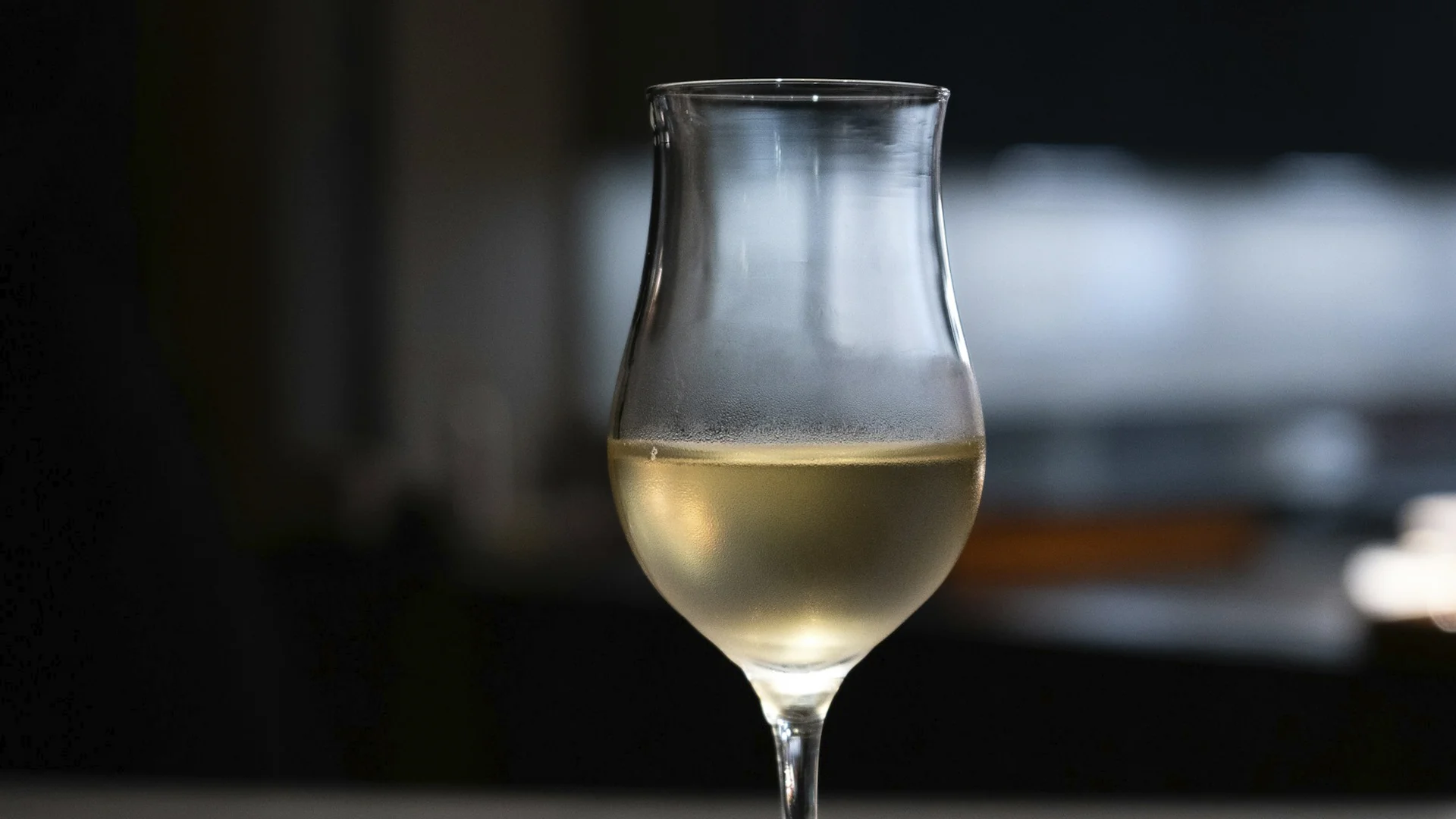
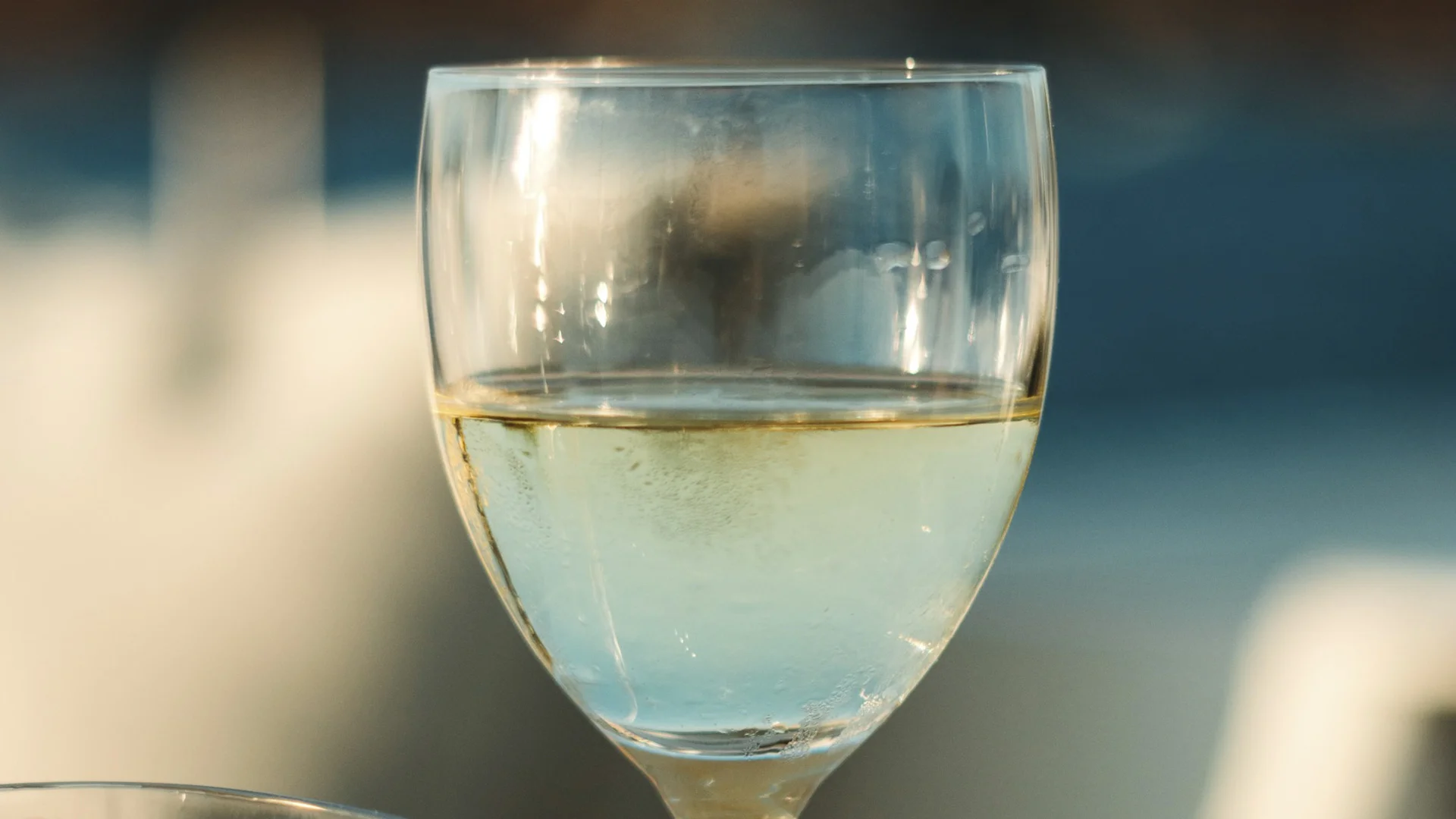

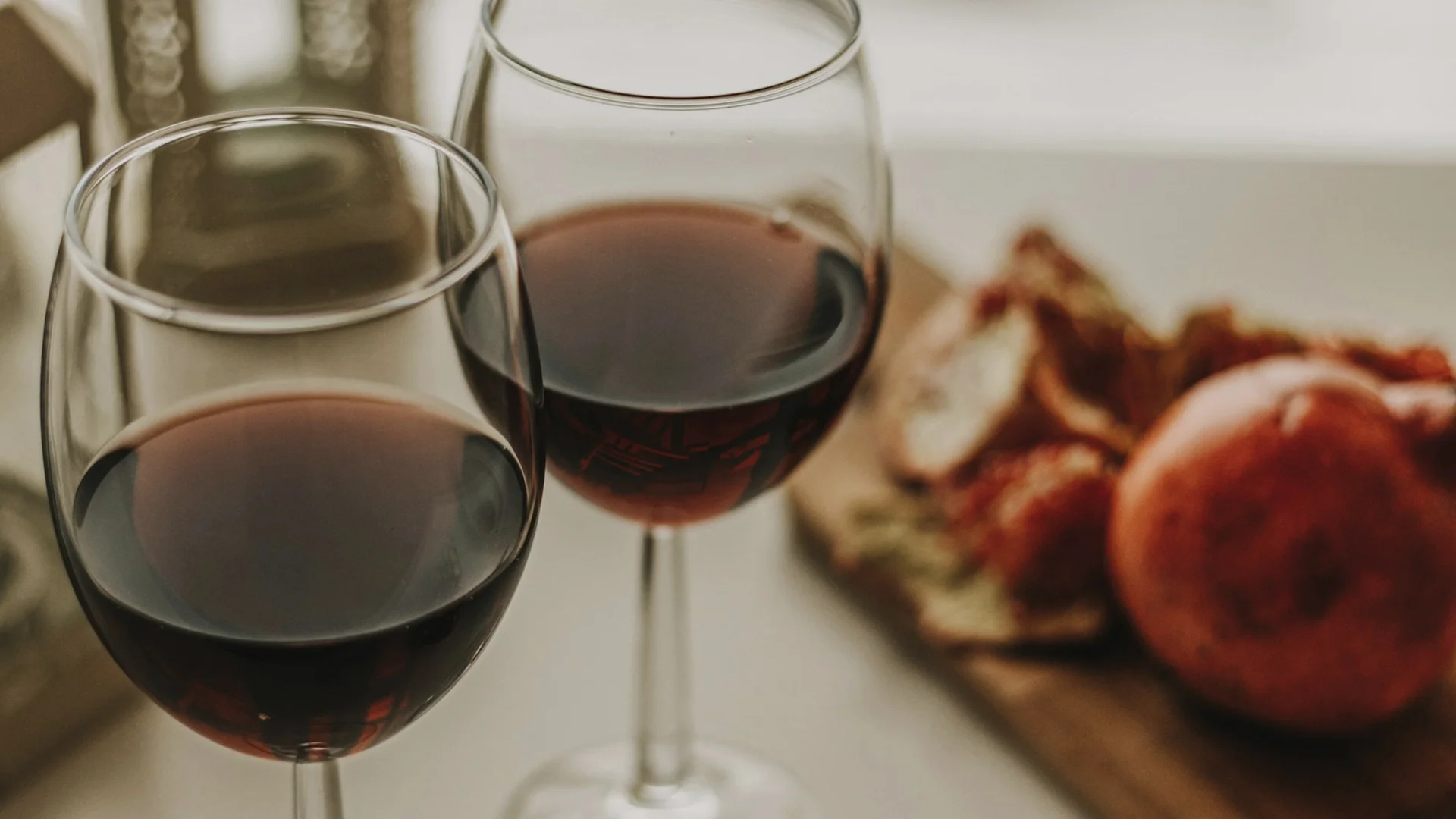


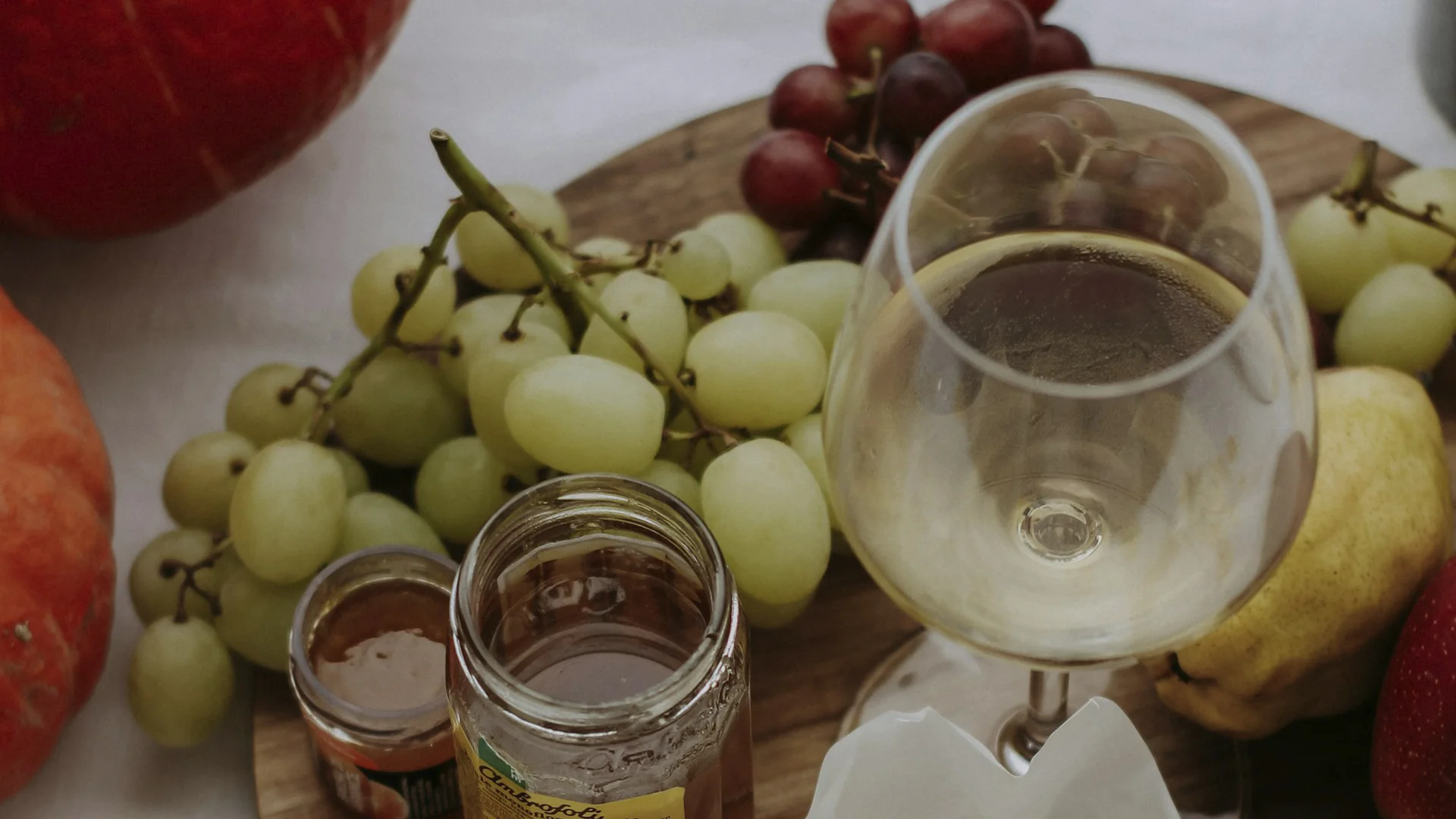
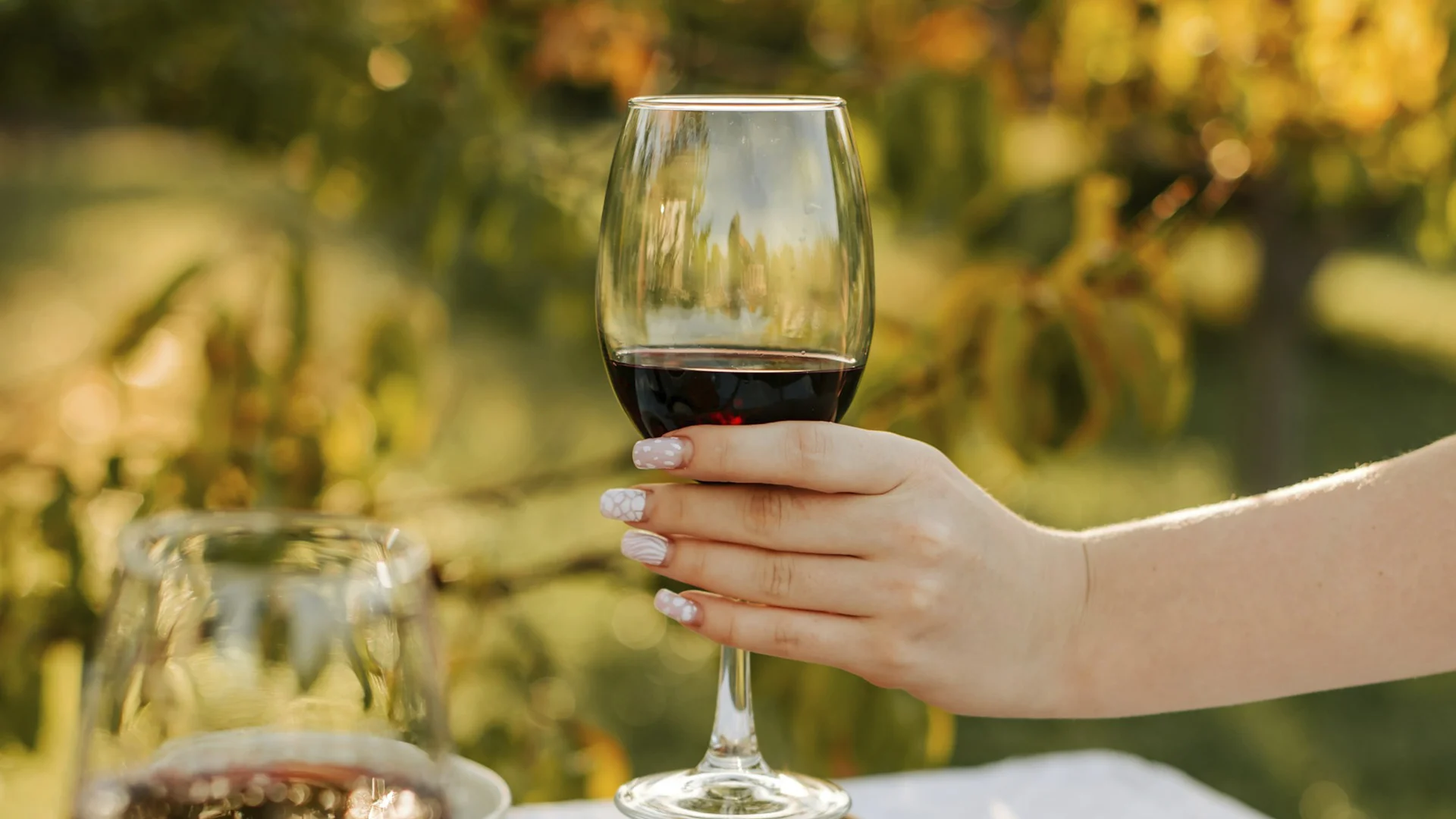


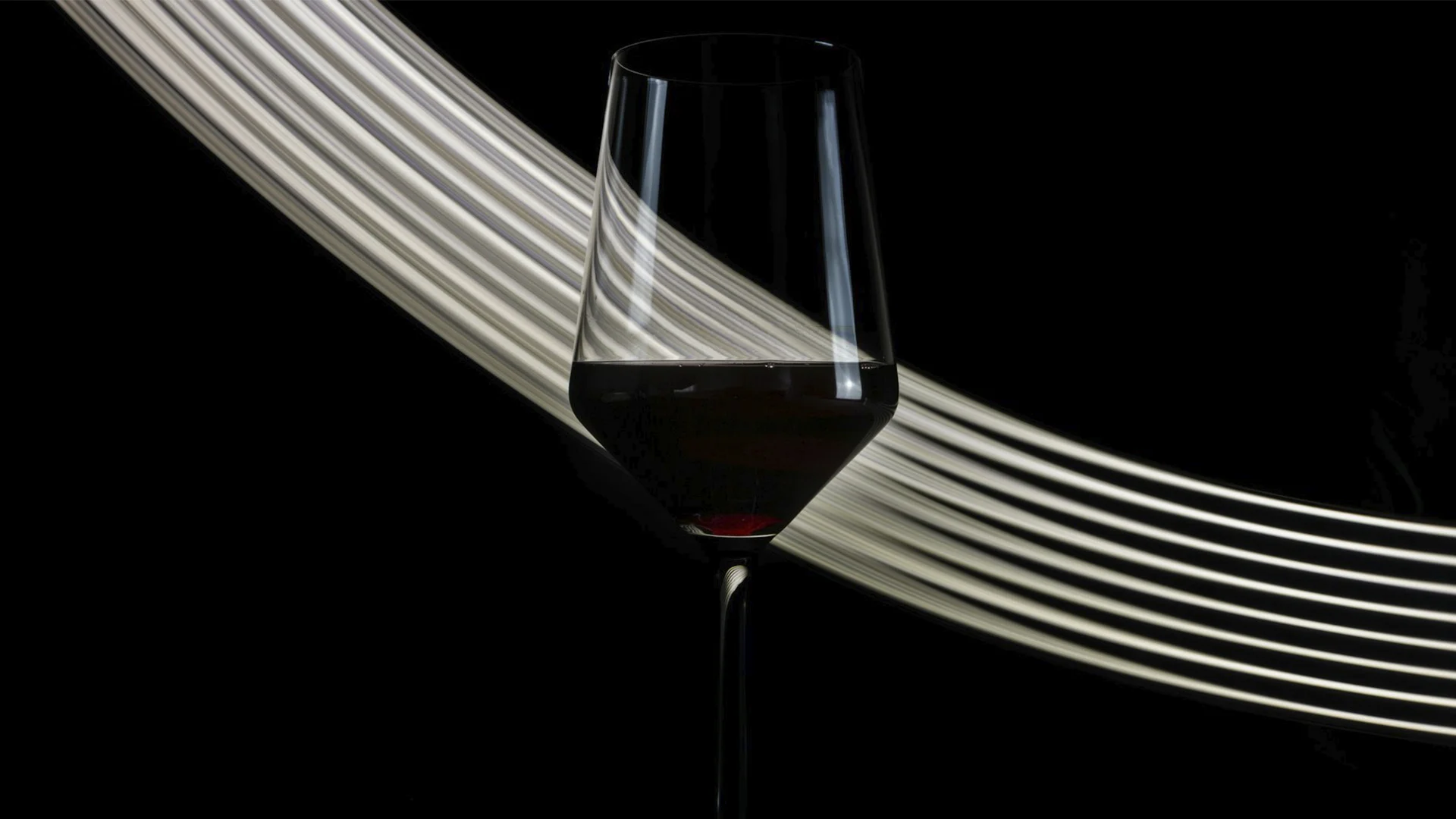



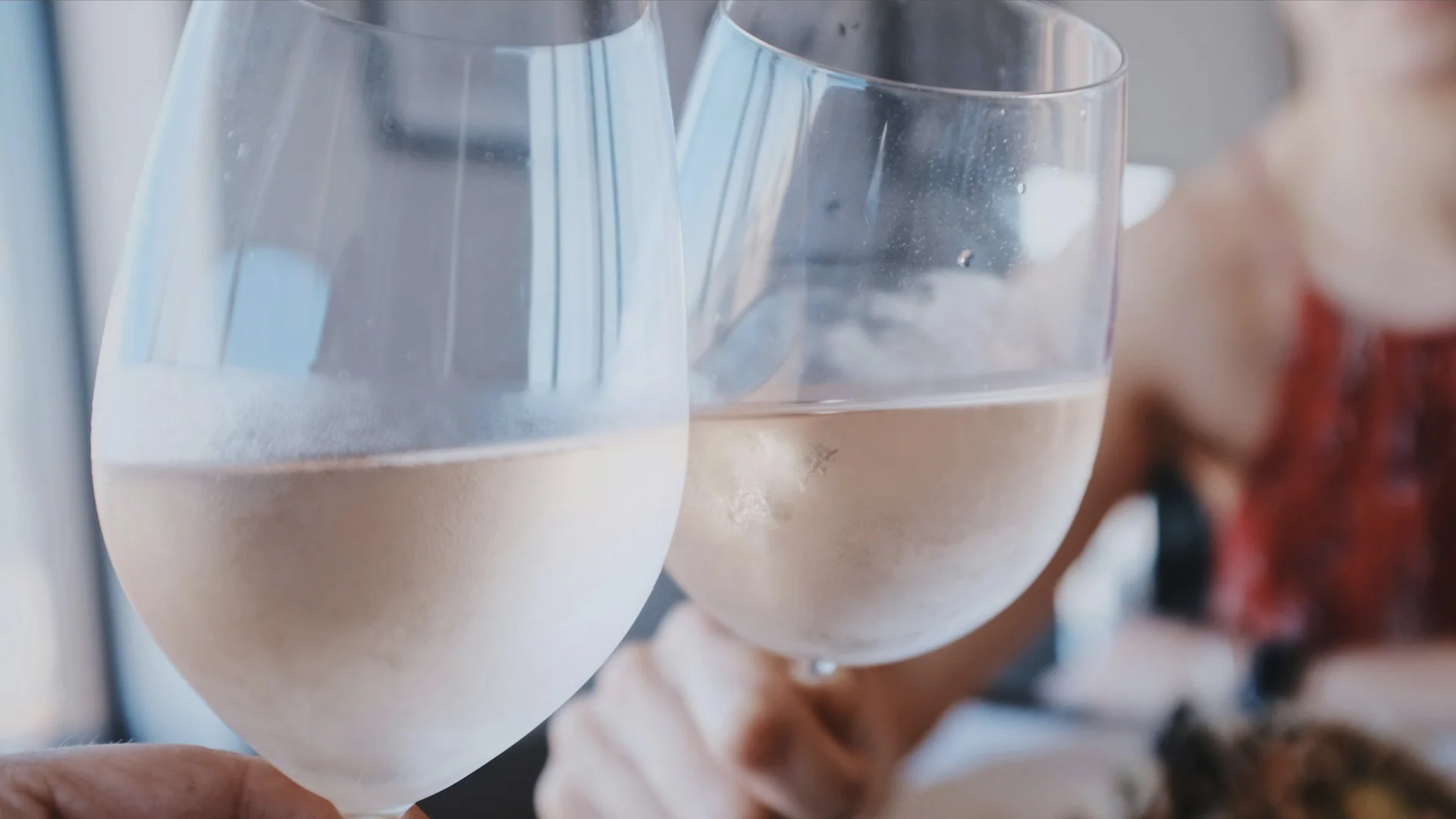

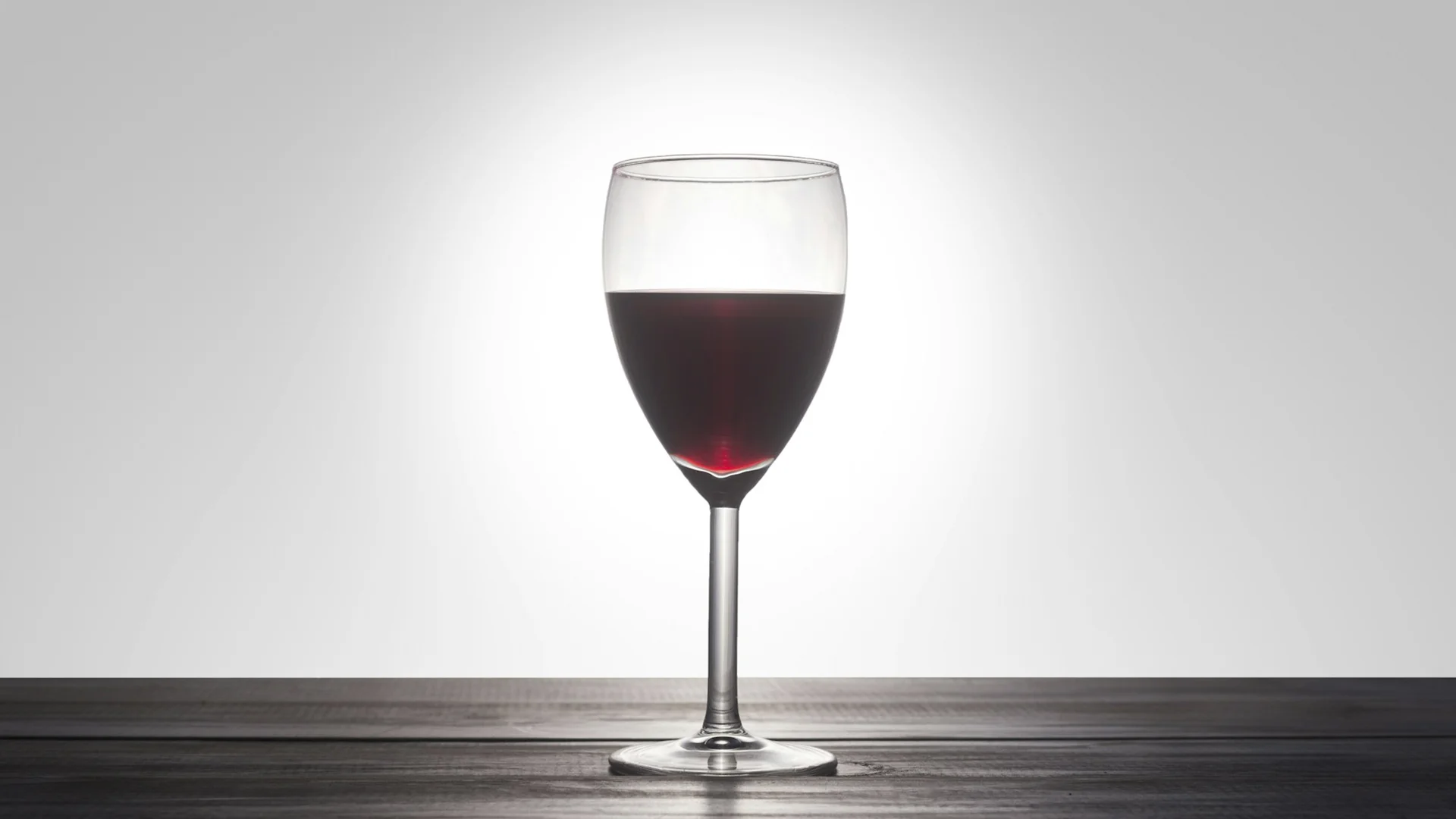


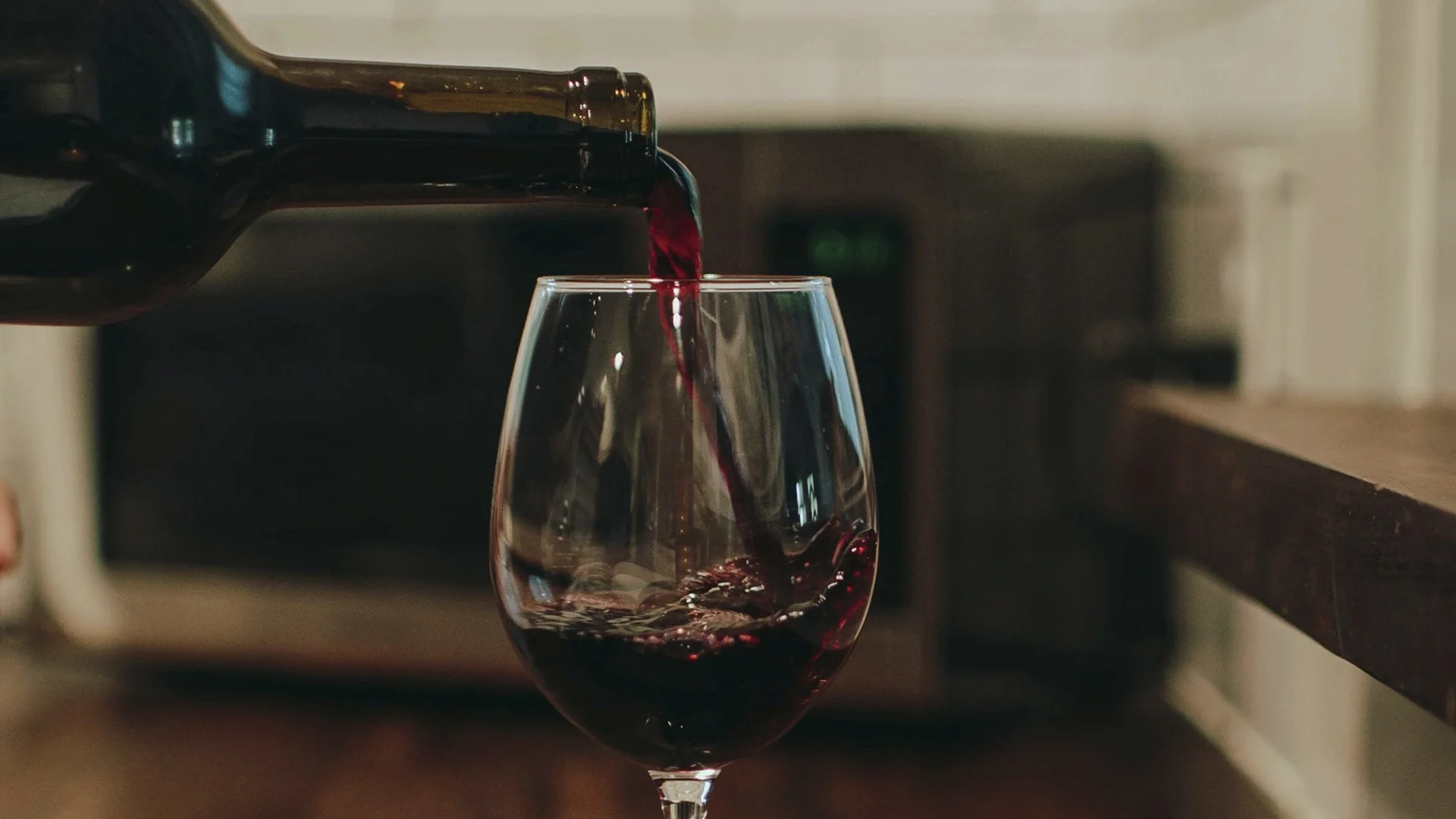


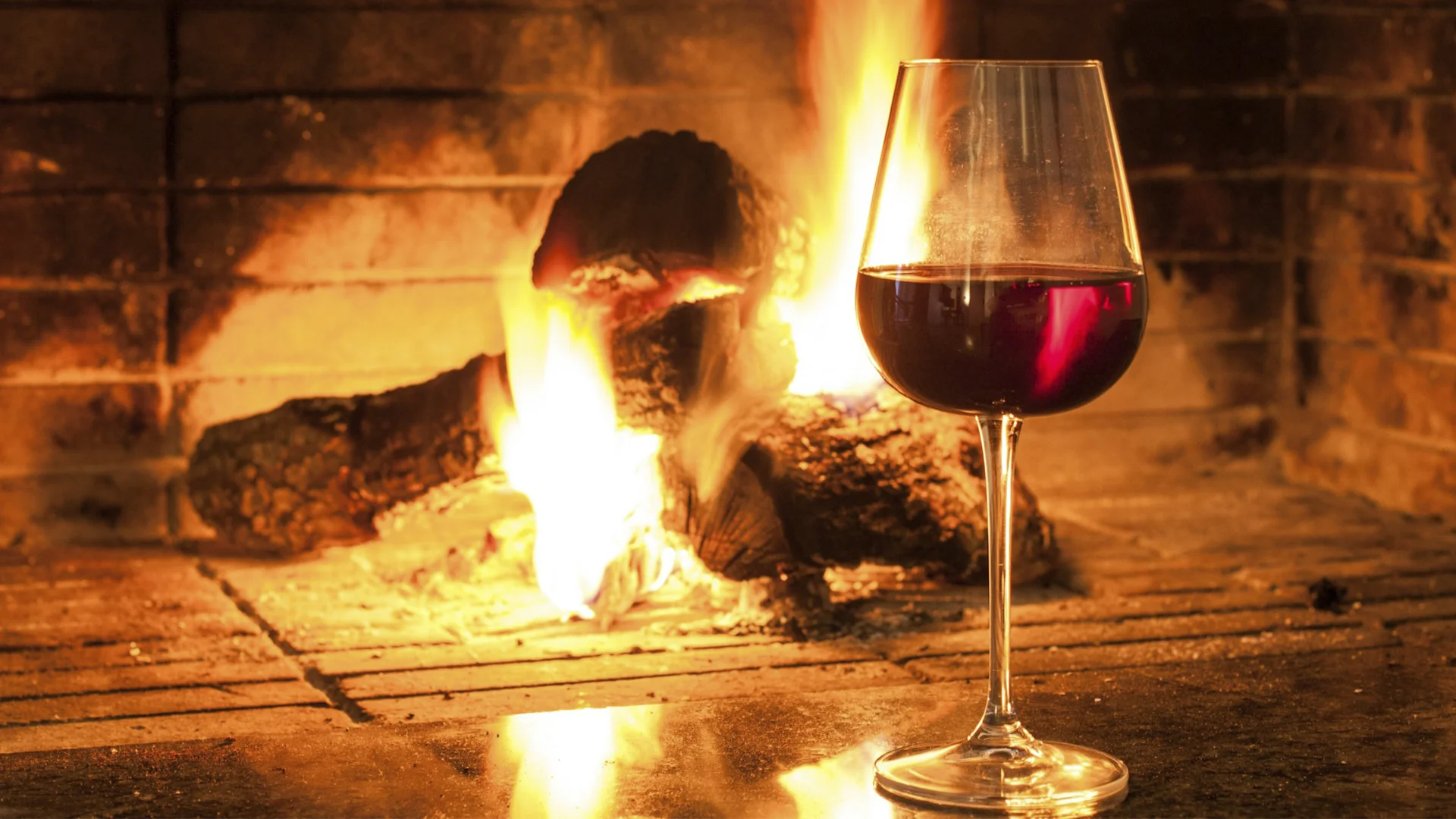


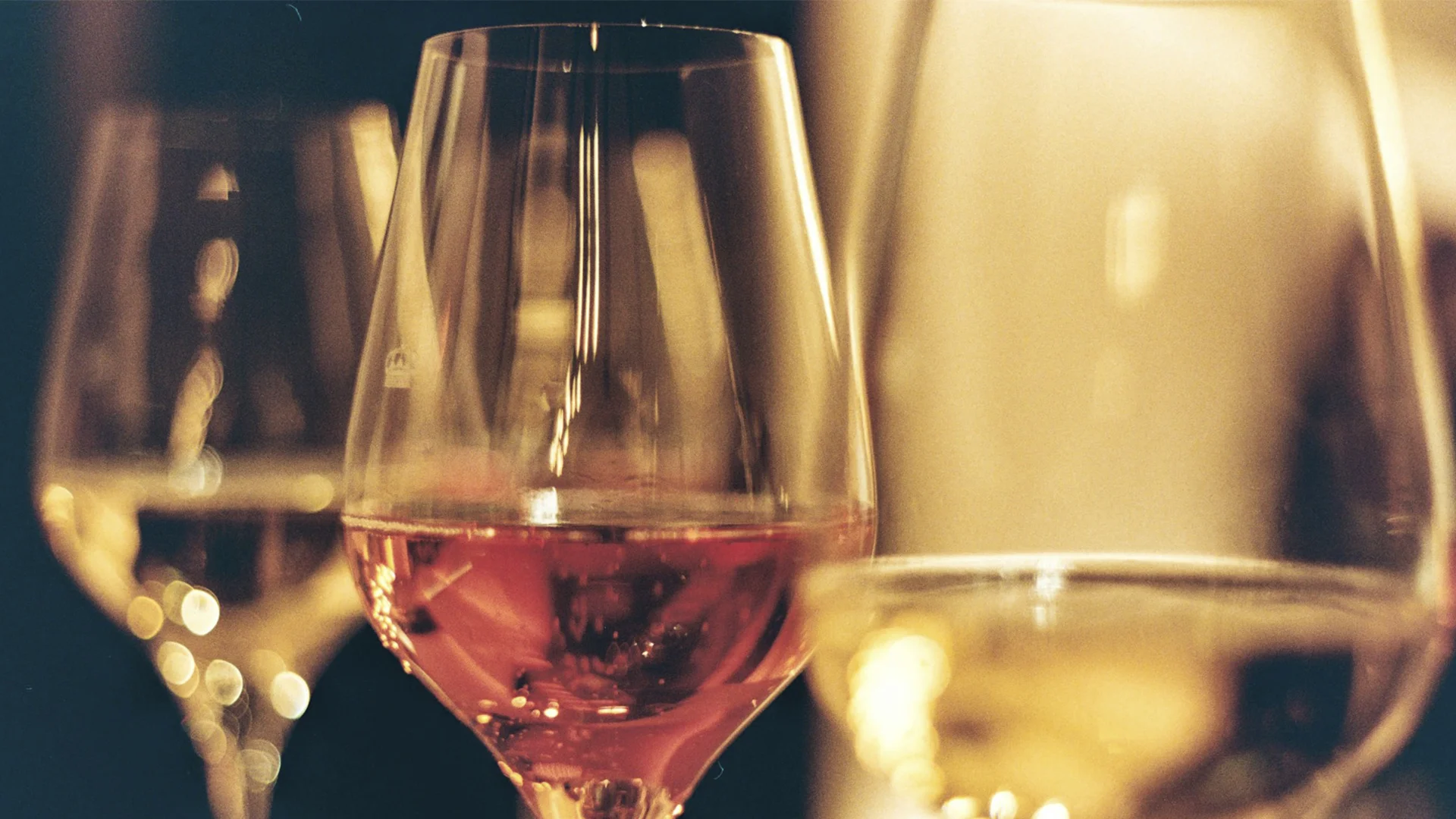
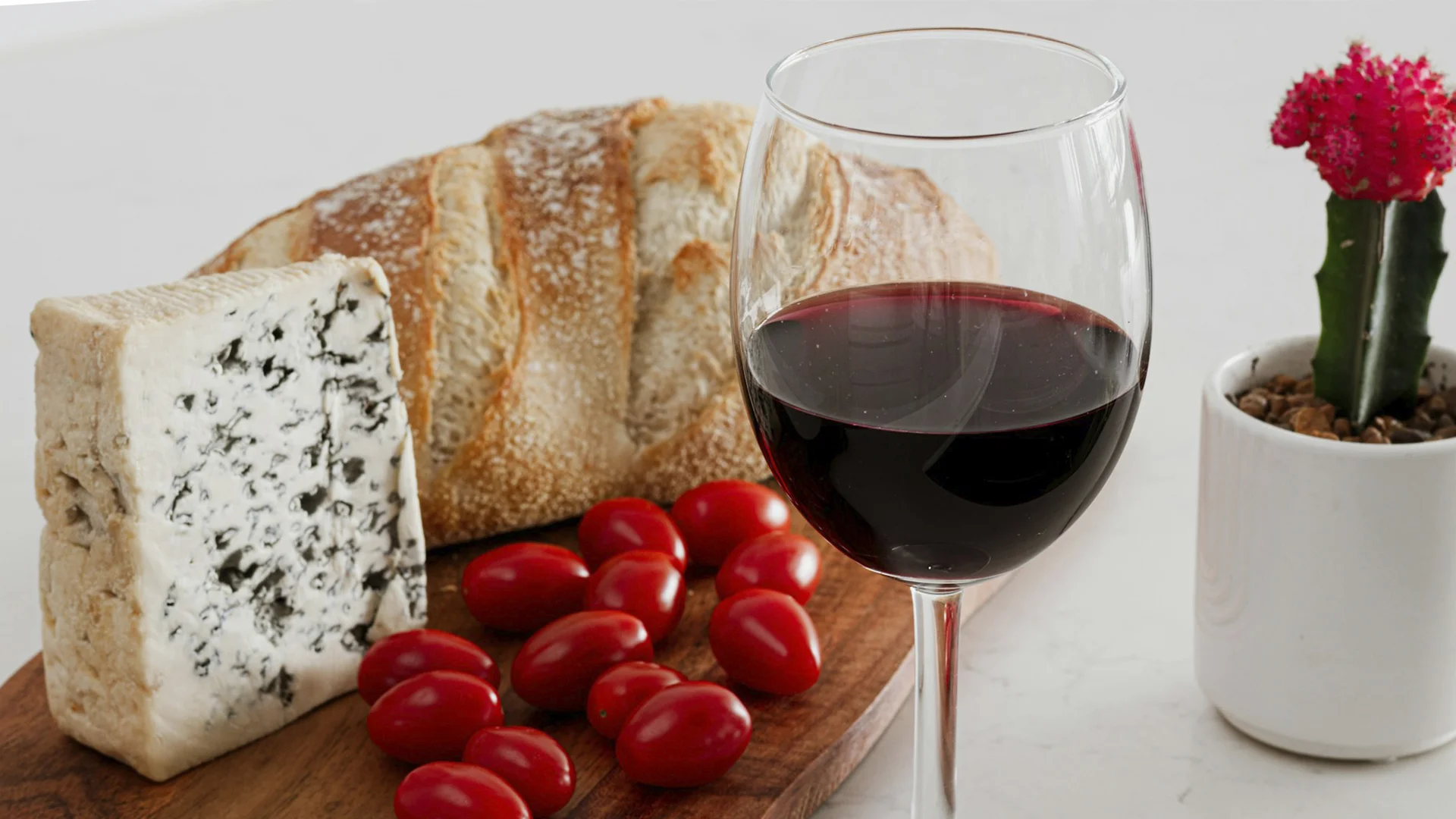

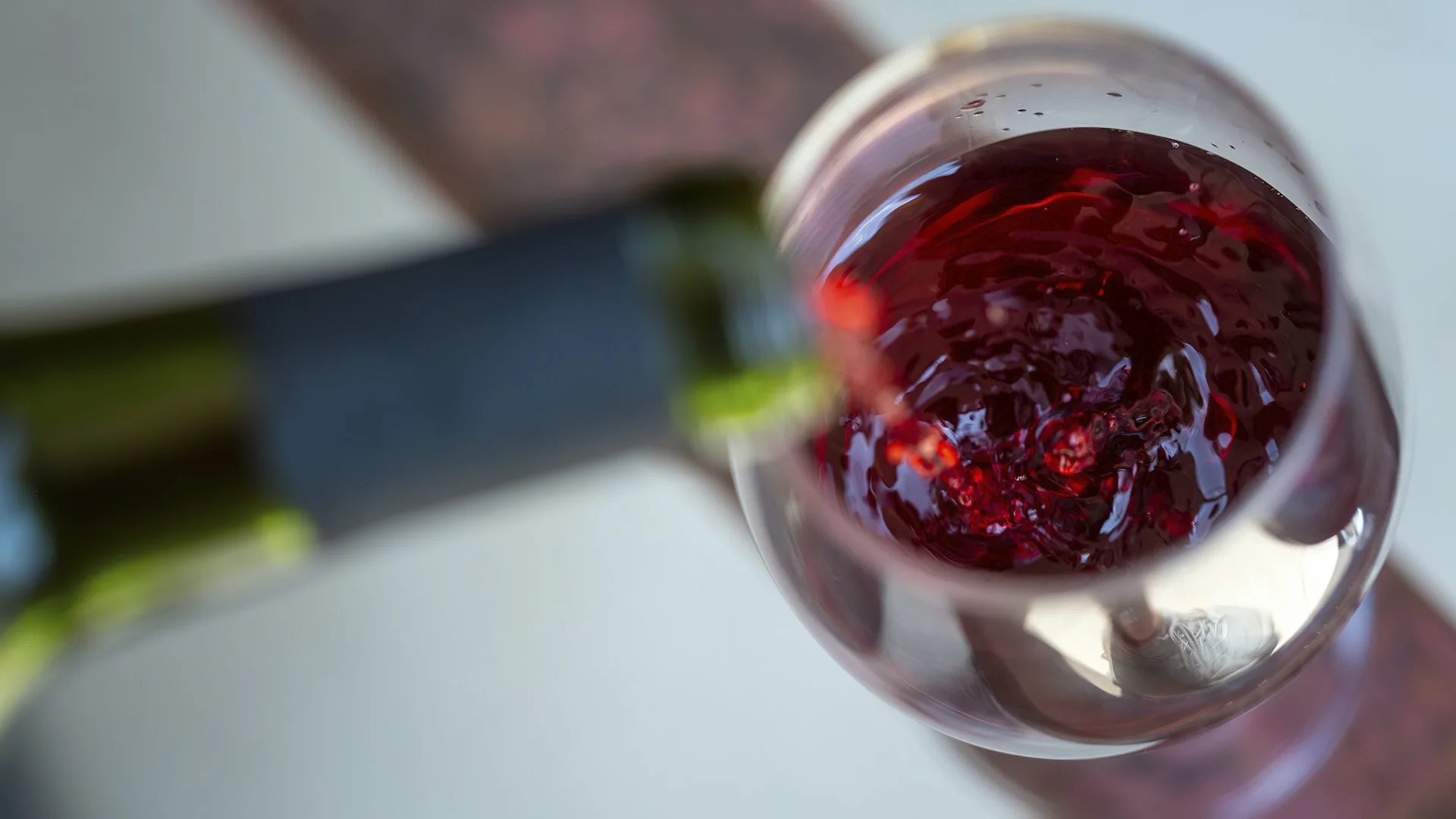


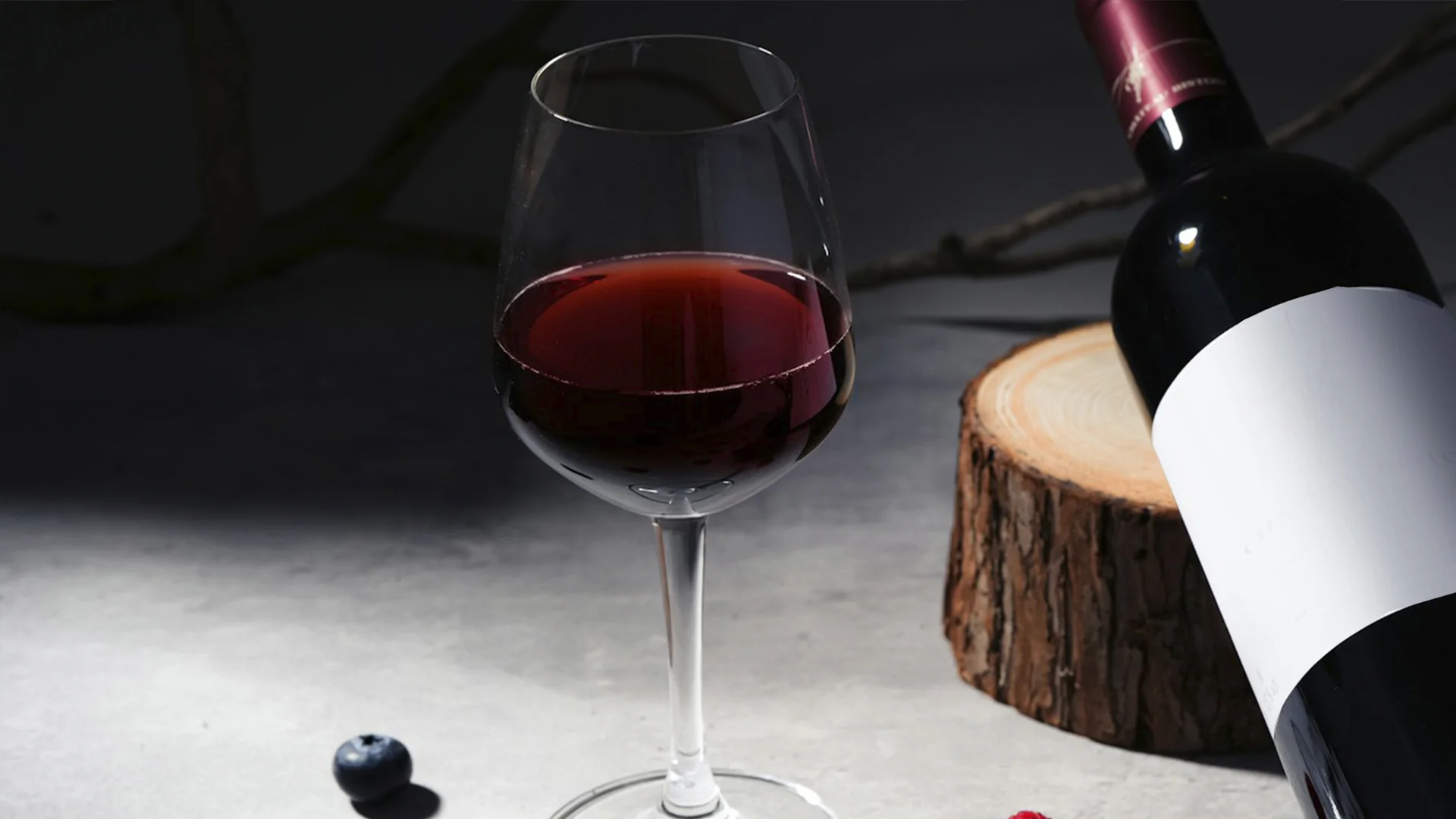
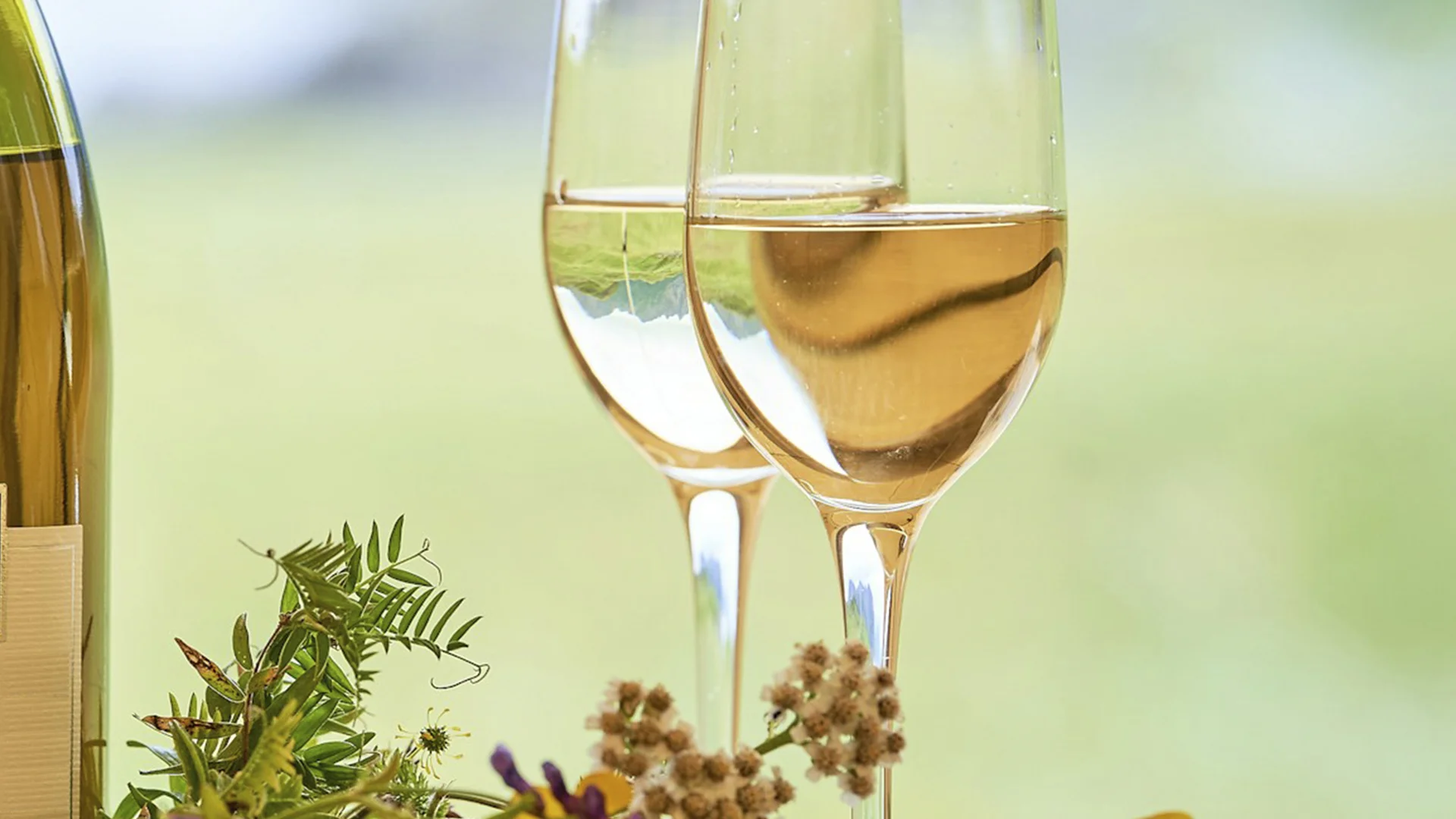
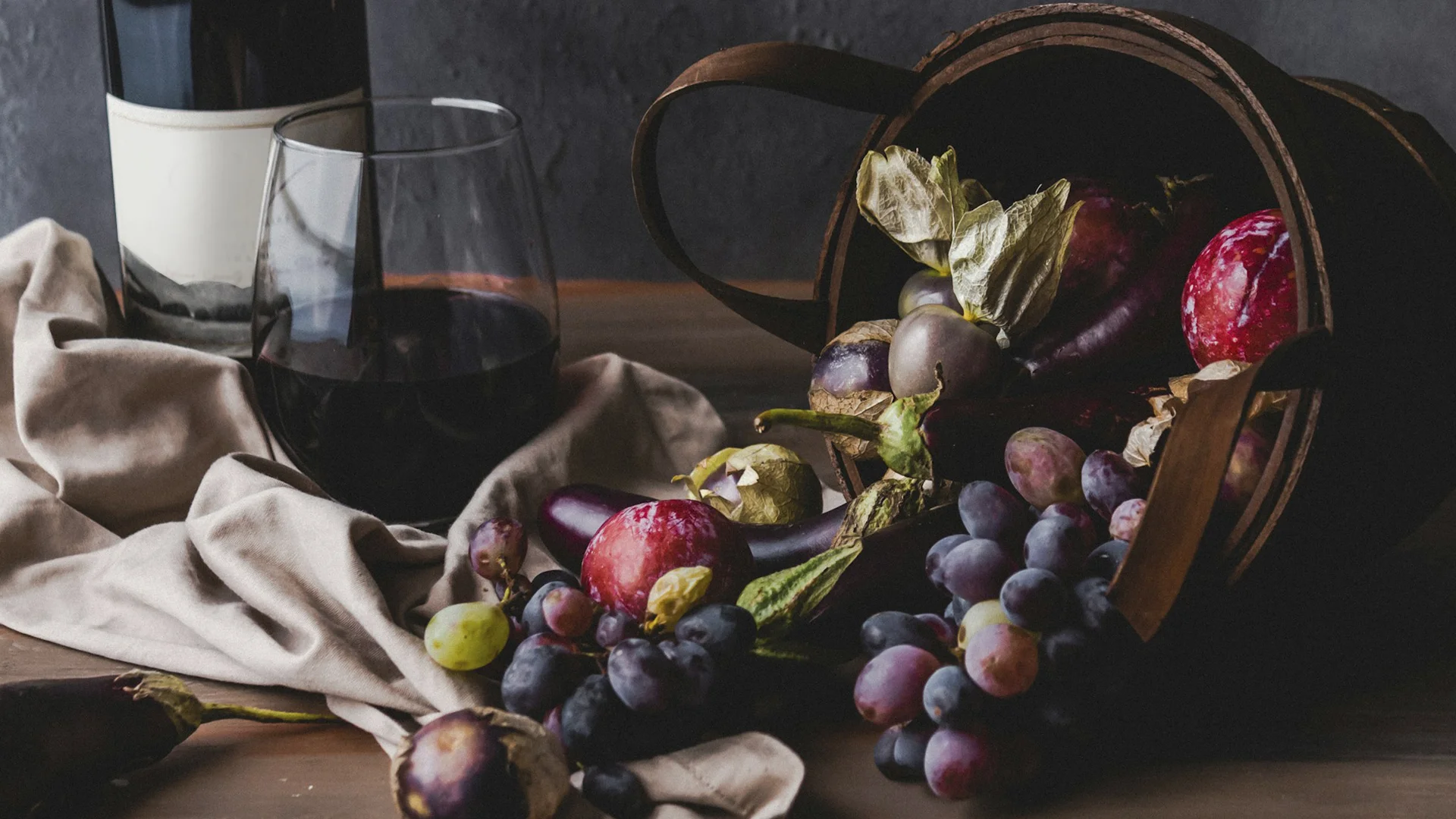
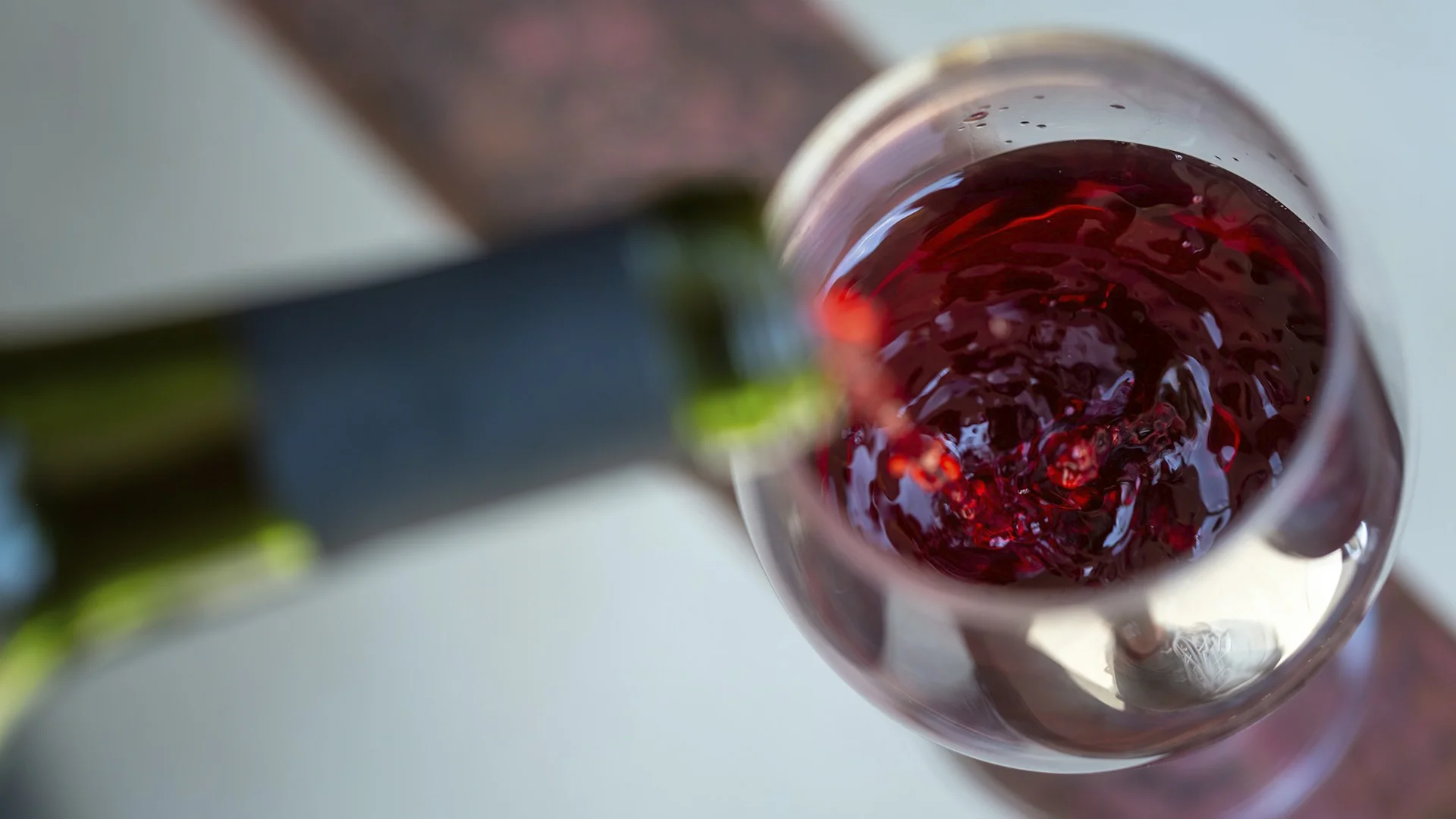
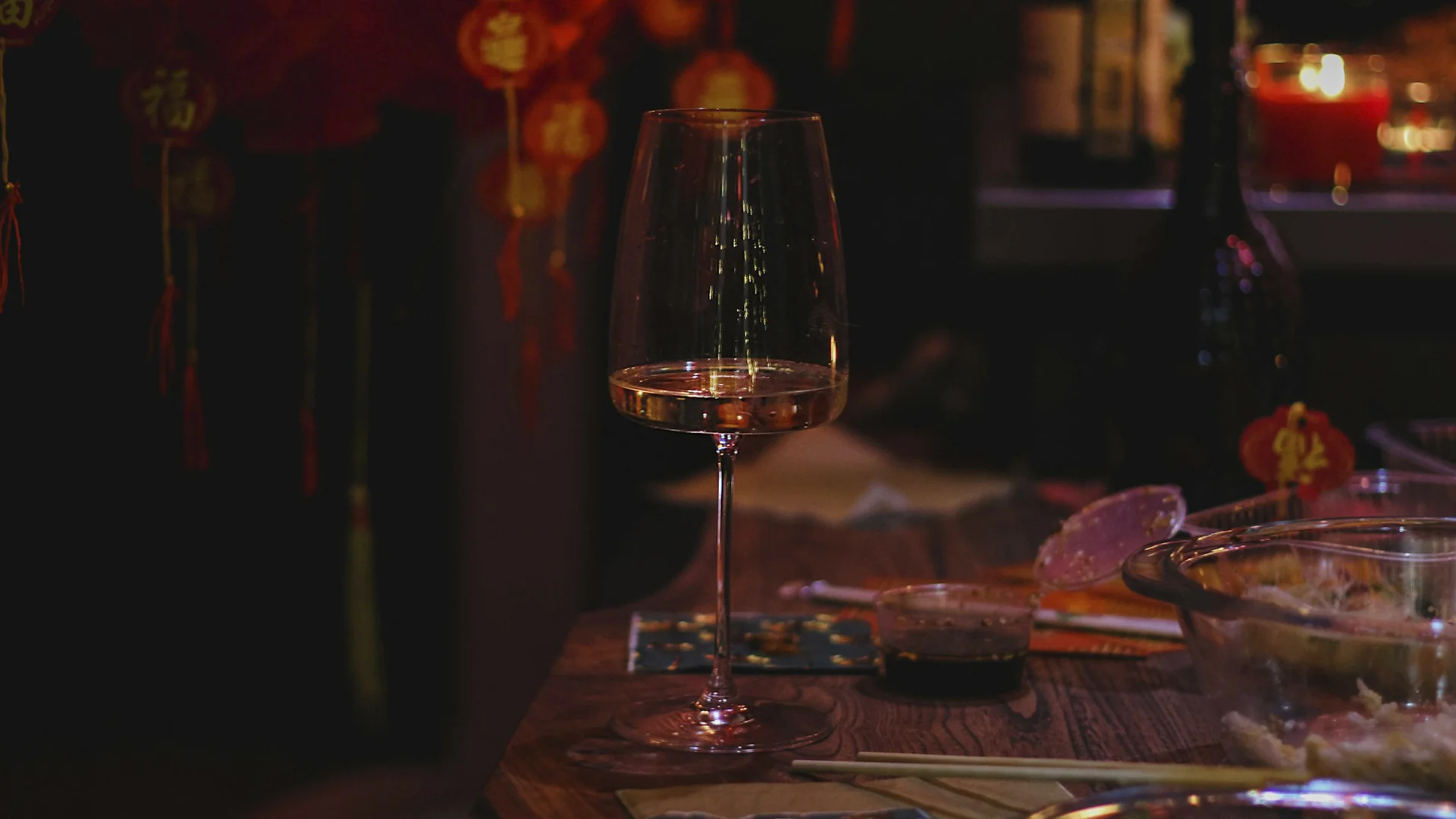






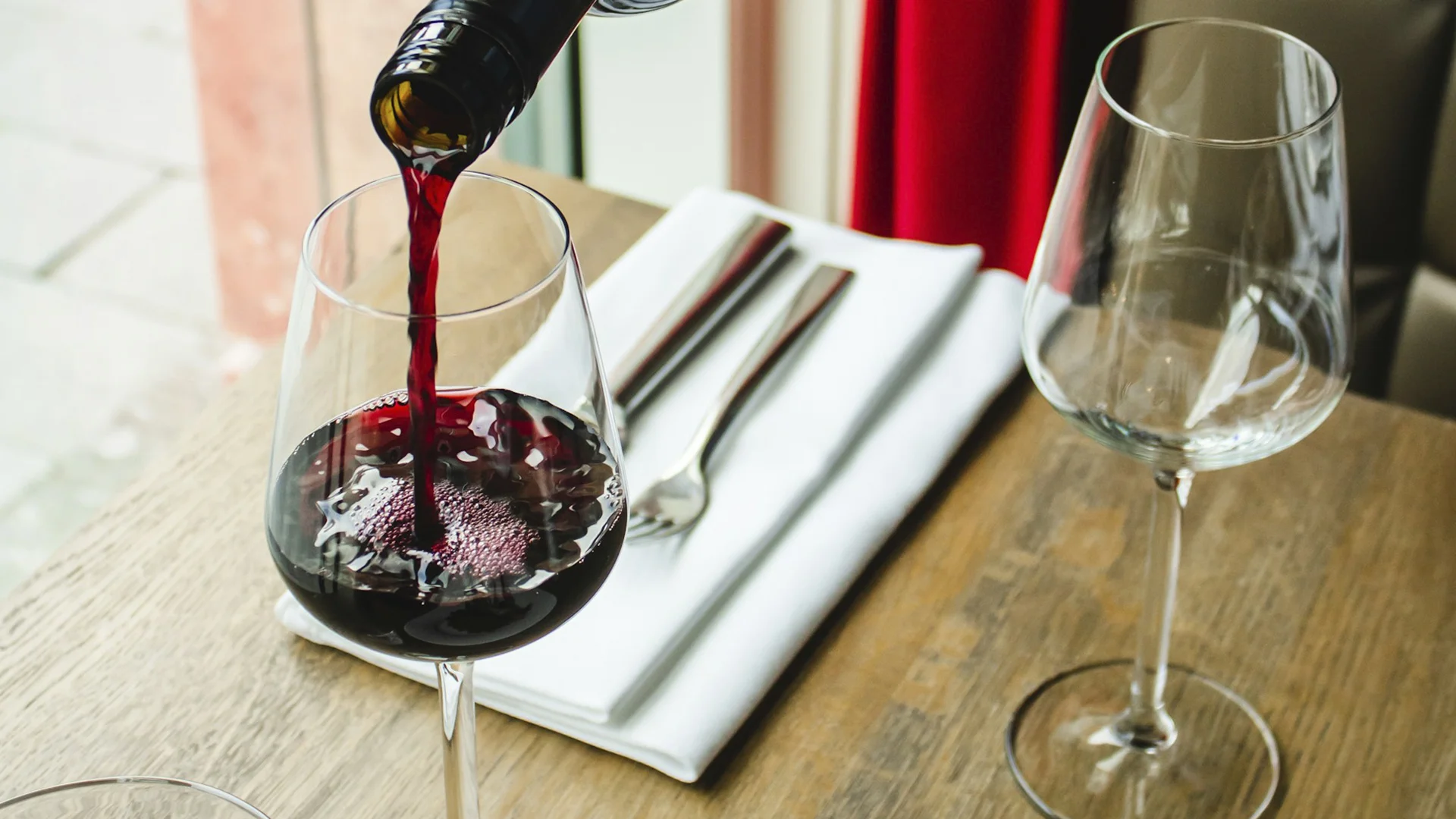












.webp)

.webp)
.webp)
.webp)



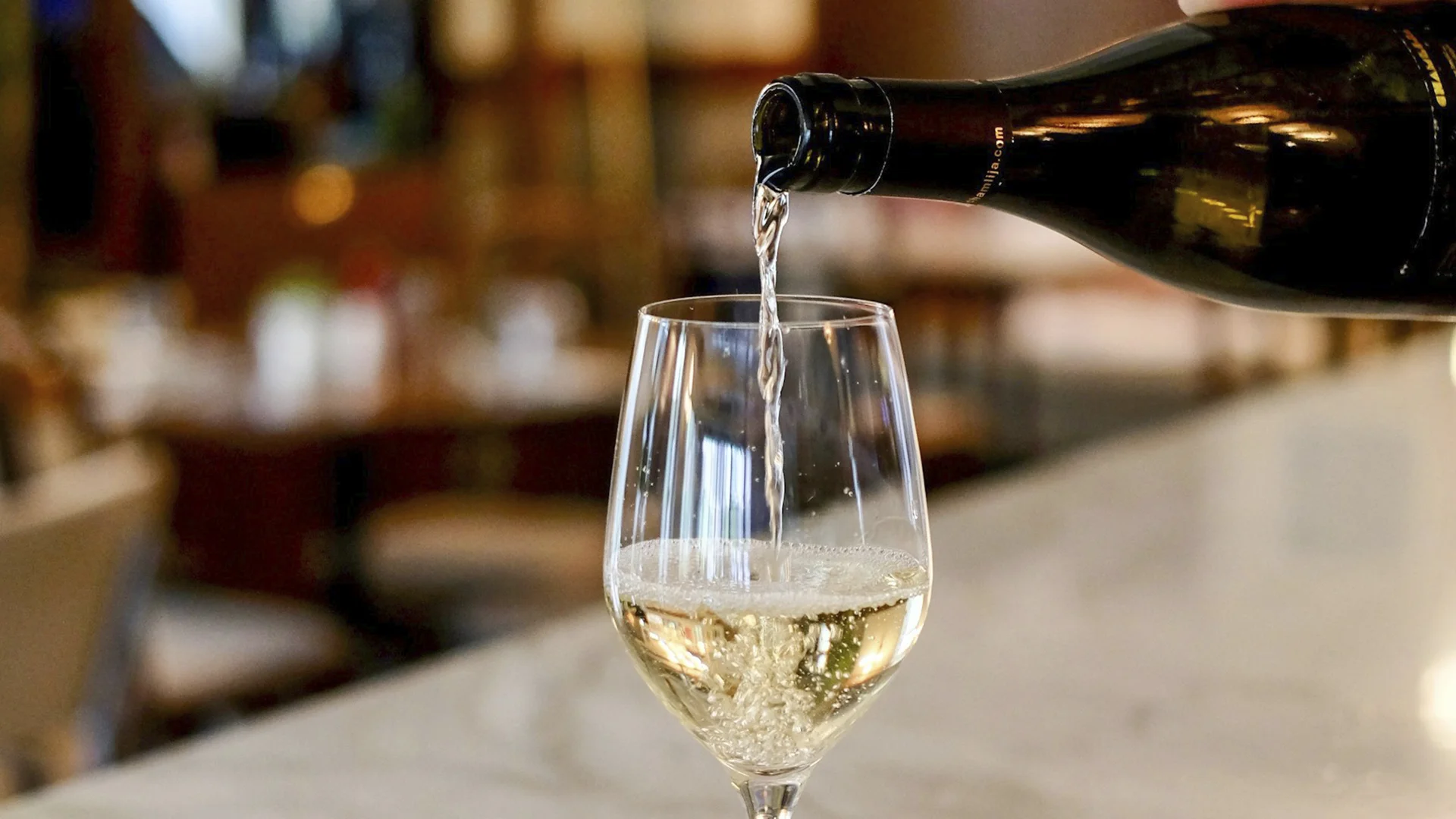


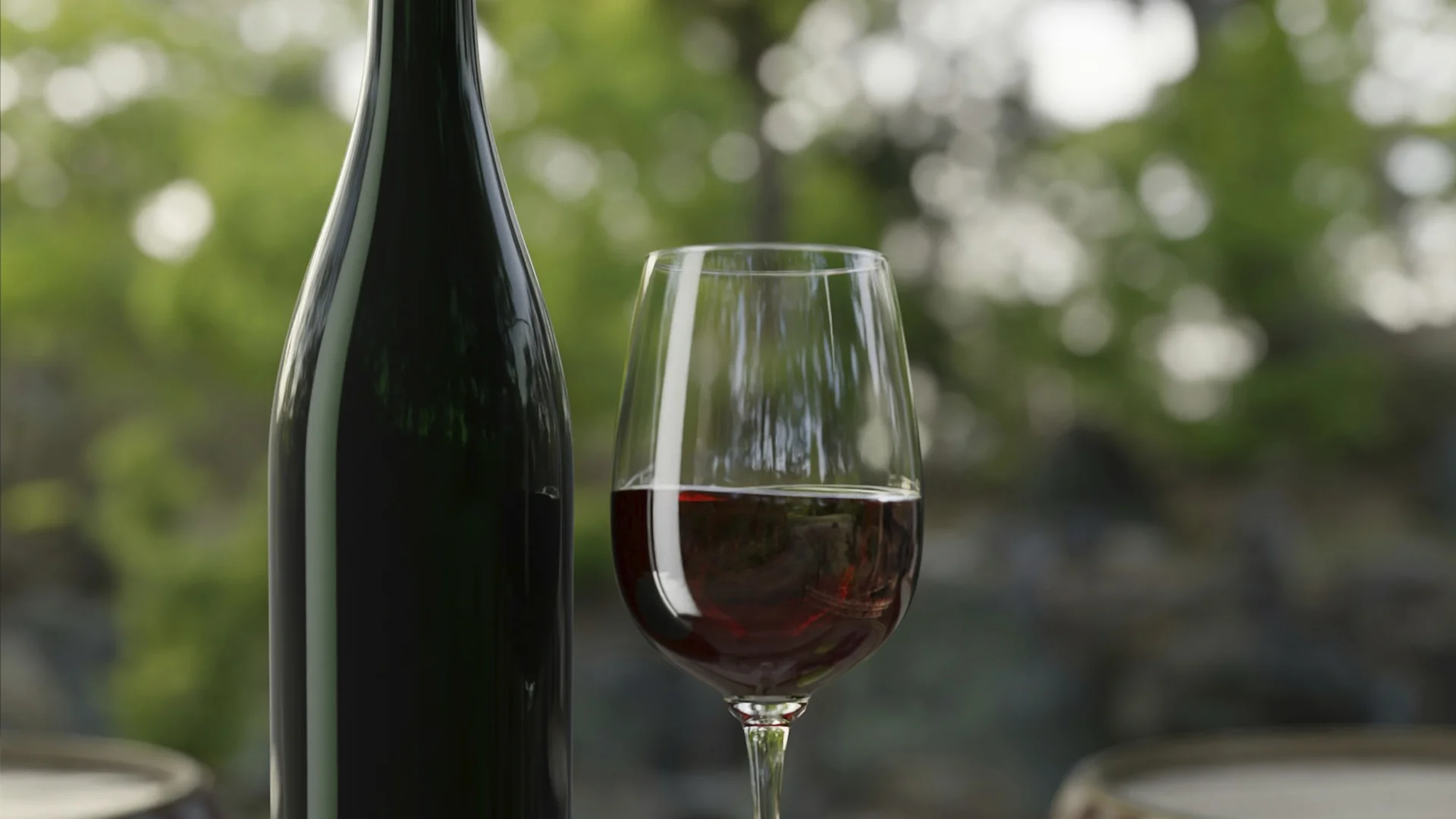



















.webp)













Are you interested in
collaborating with us?